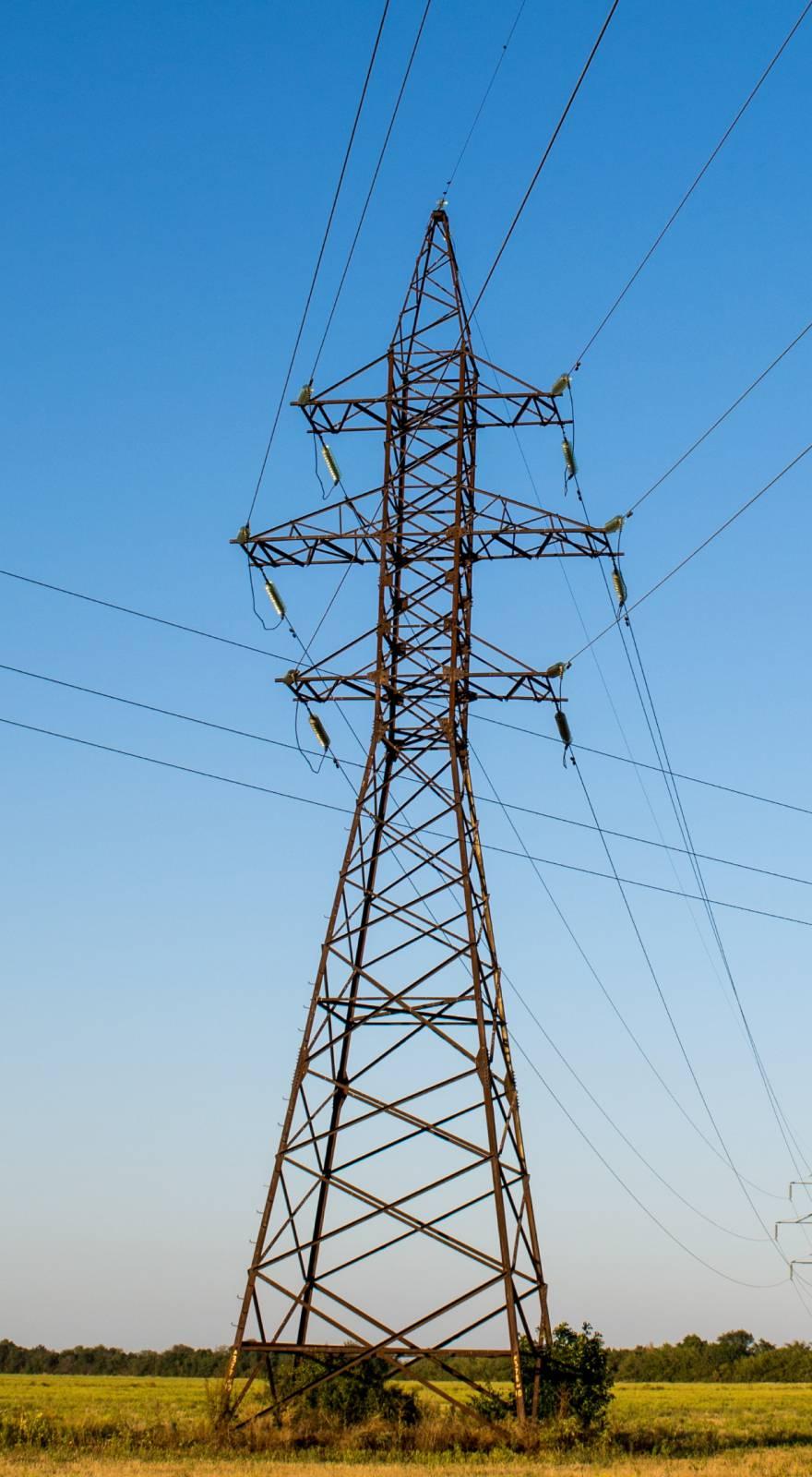Knowde Enhanced TDS
Identification & Functionality
- Chemical Family
- Composite Materials Functions
- Technologies
- Product Families
Features & Benefits
- Materials Features
- Product Highlights
The combination of optimized resin and filler content along with the introduction of Very Low Profile ED copper translates to a Dk of 3.00 @ 10 GHz (clamped stripline method) & 3.07 @ 77 GHz (microstrip differential phase length method). These laminates also show very low insertion loss of 1.3dB/inch for 5 mil laminates as measured by the microstrip differential phase length method. RO3003G2 laminates can be fabricated into printed circuit boards using standard PTFE circuit board processing techniques, with minor modifications as described in the application note “Fabrication Guidelines for RO3000® Series High Frequency Circuit Materials.
- Features
Best in class performance for insertion loss
- Utilizing new Very Low Profile (VLP) ED copper
Minimize dielectric constant variation in finished PCB
- Homogeneous construction incorporating VLP ED copper and reduced dielectric porosity
Enable trend toward more small diameter vias
- Enhanced filler system using small rounded particles
Global manufacturing foot print
- Multiple high volume manufacturing plants
Applications & Uses
- Applications
- Recommended Applications
- Adaptive cruise control
- Forward collision warning
- Active brake assist
- Lane change assist
- Traffic jam pilot
- Parking pilot
- Blind spot detection
Properties
- Typical Properties
| Value | Units | Test Method / Conditions | |
| Dielectric Constant, εr, Process | 3.00 ± 0.04 | — | IPC-TM-650 2.5.5.5 Clamped Stripline |
| Surface Resistivity | 2.6 x 10^8 | MΩ | IPC 2.5.17.1 |
| Dielectric Constant, εr, Design | 3.07 | — | Differential Phase Length Method |
| Volume Resistivity | 1.4 x 10^9 | MΩ-cm | IPC 2.5.17.1 |
| Dissipation Factor, tan d | 0.0011 | — | IPC-TM-650 2.5.5.5 |
| Thermal Coefficient of εr | -35 | ppm/°C | IPC-TM-650 2.5.5.5 |
| Dimensional Stability - X axis | -0.16 | mm/m | IPC TM-650 2.2.4 |
| Dimensional Stability - Y axis | -0.14 | mm/m | IPC TM-650 2.2.4 |
| Tensile Modulus - X axis | 378 | kpsi | ASTM D638 |
| Tensile Modulus - Y axis | 396 | kpsi | ASTM D638 |
| Moisture Absorption | 0.06 | % | IPC-TM-650 2.6.2.1 |
| Specific Heat | 0.73 0.83 | J/g/°K | ASTM E1269-11 |
| Thermal Conductivity | 0.43 | W/m/°K | ASTM D5470 |
| Coefficient of Thermal Expansion - X Axis | 16 | ppm/°C | IPC TM-650 2.4.41 |
| Coefficient of Thermal Expansion - Y Axis | 17 | ppm/°C | IPC TM-650 2.4.41 |
| Coefficient of Thermal Expansion Z Axis | 18 | ppm/°C | IPC TM-650 2.4.41 |
| Decomposition Temperature (Td) | 500 | °C TGA | ASTM D3850 |
| Density | 2.15 | g/cm3 | ASTM D792 |
| Copper Peel Strength | 12 | lb/in | IPC-TM-2.4.8 |

